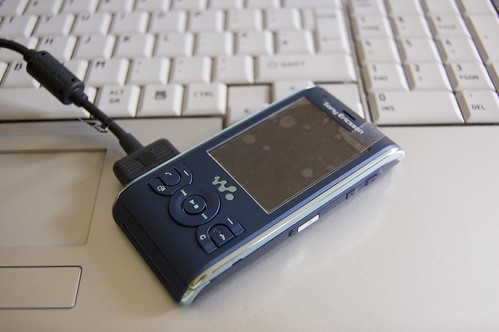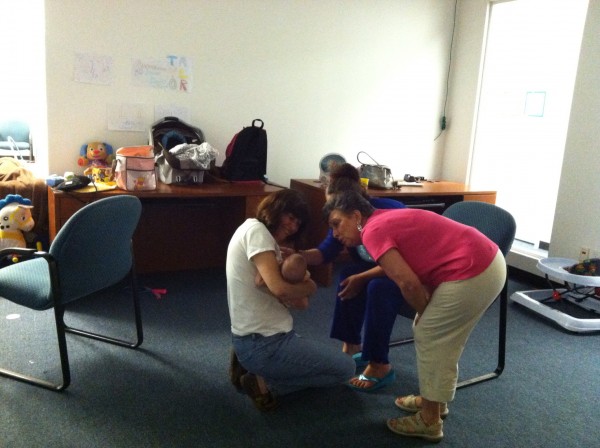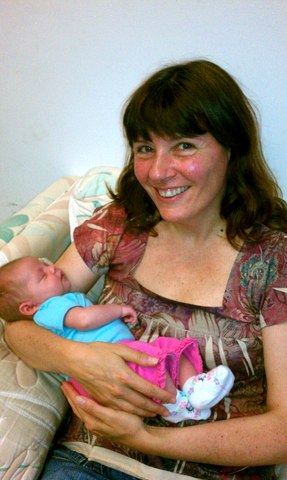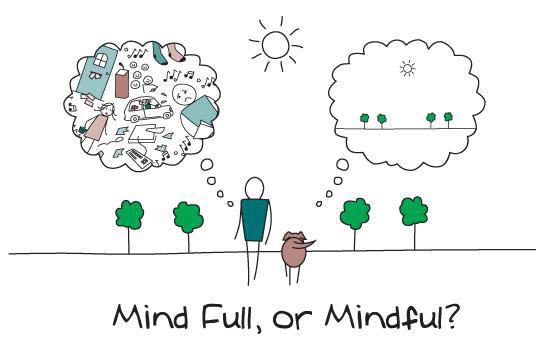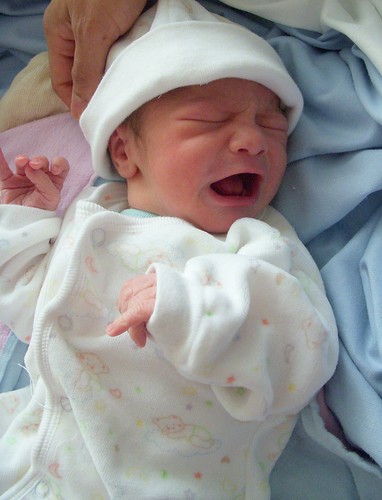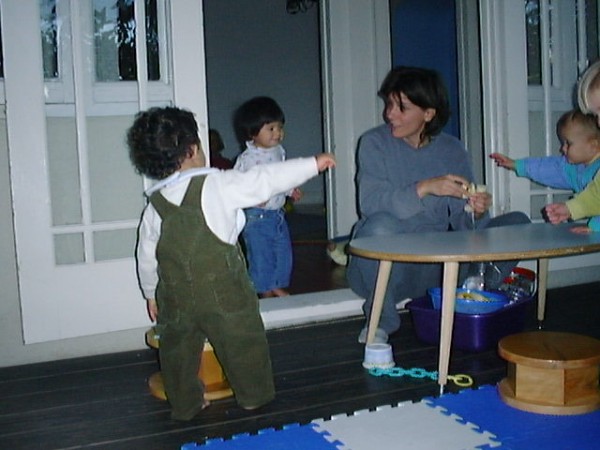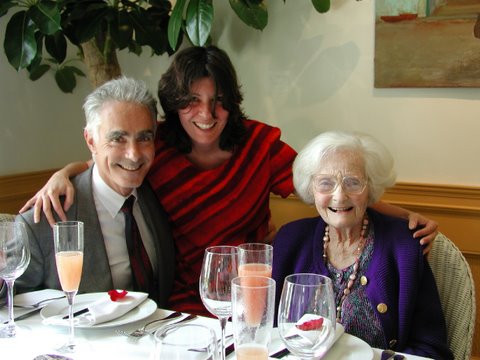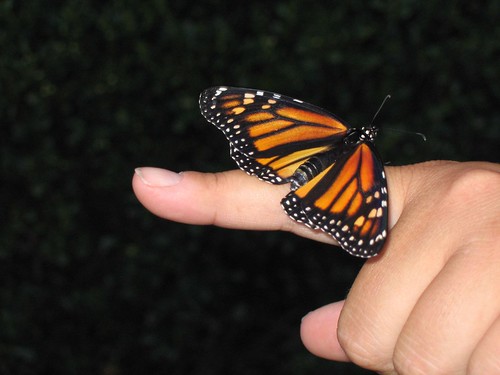I am thrilled to announce that R. came home to her family on November 29. 2012. I think she’s as happy to be home as we are to have her here with us.
A quote that sums up some of my feelings about our first week together: “If one feels the need of something grand, something infinite, something that makes one feel aware of God, one need not go far to find it. I think that I see something deeper, more infinite, more eternal than the ocean in the expression of the eyes of a little baby when it wakes in the morning and coos or laughs because it sees the sun shining on its cradle.” Vincent Van Gogh



